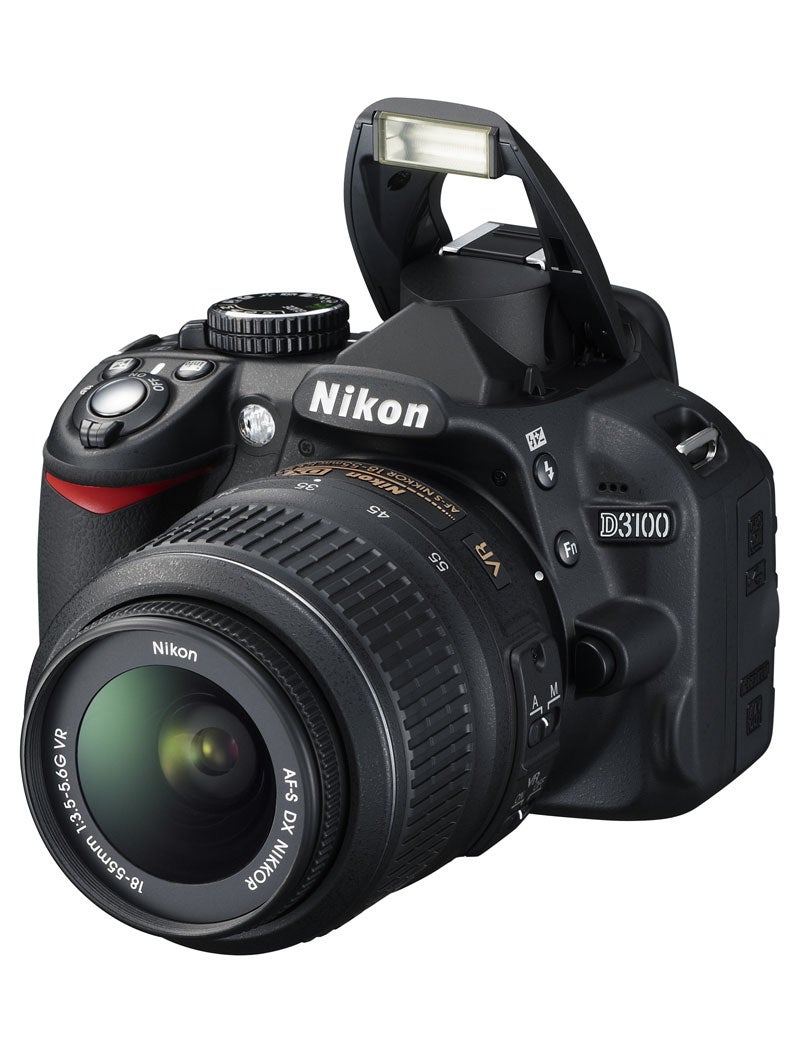Nikon D3100 Review - The Nikon D3100 looks to raise the bar for entry-level DSLRs. But just how good is it? What Digital Camera's Nikon D3100 review digs below the surface to try and find out...
Nikon D3100 Review
Movie Quality
Nikon D3100 review – Movie/Video Capture

Movie/Video Quality
The quality of the movie files is certainly an elevation over the previous Motion JPEG format. Thanks to the new H.264 compression type the MOV files look good, though can still suffer from the same image noise when shooting at higher ISO settings.
The 1080p setting is Full HD, i.e. 1920 x 1080 full frames recorded at 24 frames per second. Recording is ‘progressive’, though output via the sensor (using the mini HDMI) is interlaced at the highest setting. 720p can be output from the sensor in its native progressive format and is captured at either 30, 25 or 24 frames per second to allow for greater creative control.
Movie/Video Record Time
All clips, irrelevant of quality or frame rate, max out at 10 minutes.
Movie/Video Focusing
When capturing movies the focusing can only be controlled by a half depression of the shutter button. This means focus is at a fixed point while recording and stops it ‘wandering off’ unnecessarily.
However, re-focusing during recording suffers the same slower pace and often under and over-focus issues as per the contrast-detection live view mode. This can cause great difficulties when tracking subjects (as the 3D/Subject Tracking AF cannot be utilised).
Movie/Video Manual Control
Settings are programmable, though you’ll need to preset aperture and/or ISO values prior to the recording stage because these do not auto-adjust during capture.
Movie/Video Sound
A built-in mono microphone can be turned on or off, though there is no external microphone input to benefit from more advanced recording. As the focusing mechanism of the lens is close-up to the camera body this can be picked up as a whirring sound when focusing during recording.




